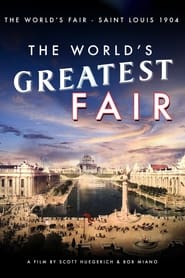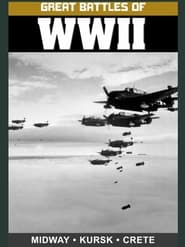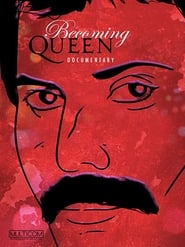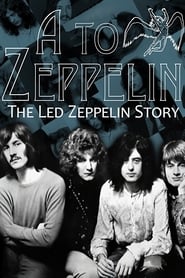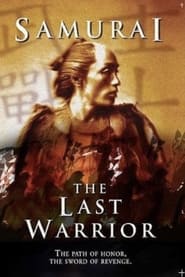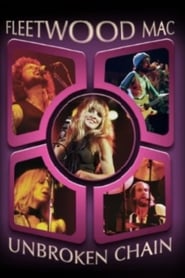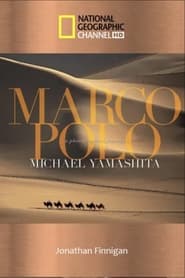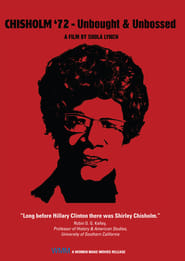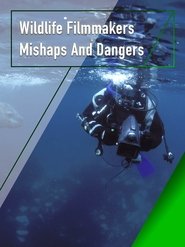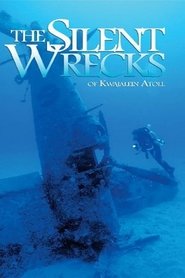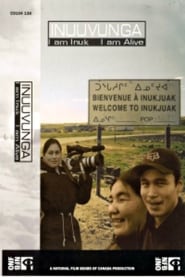New Documentary Movies on Amazon Prime Video - Page 125
-
The World's Greatest Fair
2004
star 3An intimate and unique look at the 1904 World's Fair in St. Louis told in the words of those who were there to experience it firsthand. With a wide range of events and attractions that included the first ever Olympic games on American soil, the first Ferris wheel, and a special appearance by the legendary Geronimo, this remarkable and extravagant fair would mark the beginning to what President Theodore Roosevelt would refer to as "the American century." -
Great Battles of WWII: Midway, Kursk, and Crete
2004
Using authentic color and black & white footage captured from the battles this explains the events, circumstances, and results of three of the most important battles of WWII -- the battles of Midway, Kursk, and Crete. -
Mimetic
2004
Mimetic
2004
-
Becoming Queen
2004
Becoming Queen
2004
star 9Becoming Queen chronicles the majestic rise of rock's most flamboyant and revolutionary outfit. Fronted by Freddie Mercury, Queen blended stylistic elements of hard rock, opera, and Tin Pan Alley to create their own unique tapestry of musical magic. Featuring extensive interviews with friends, members of pre-Queen outfits, Smile and Ibex/Wreckage, musical peers, rare archival interviews with Queen, scores of previously unseen photos and vintage memorabilia. -
A to Zeppelin: The Story of Led Zeppelin
2004
star 5.8The Led Zeppelin Story documents the colorful and outrageous history of rock's heaviest band. This unique DVD features candid interviews with long-time tour manager Richard Cole, members of The Yardbirds, Bad Company, The Ramones, Foreigner, Vanilla Fudge, engineer Andy Johns, ex-girlfriends, Lori Mattix and Pamela Des Barres and more. Rare archival interview footage with John Bonham, Jimmy Page, Robert Plant and manager Peter Grant, along with rare photos spanning the "New Yardbirds" era through the breakup of Led Zeppelin illustrates their fascinating story. -
Samurai: The Last Warrior
2004
star 8Experts offer their unique insights into the legend of the samurai warrior that strive to separate fact from fiction and uphold a legacy of honor. Segments focus on the origins of the concept of a warrior-priest and their unique fighting skills. -
The Big Black Comedy Show: Vol. 1
2004
Comedian/actress Mo'Nique hosts this 2004 comedy show with the outrageously funny Rodney Perry as her co-host. The all-star lineup features Esau, Doug Williams, DeRay Davis, and Chris Spencer. -
Z Channel: A Magnificent Obsession
2004
star 7.1A documentary on the Z Channel, one of the first pay cable stations in the US, and its programming chief, Jerry Harvey. Debuting in 1974, the LA-based channel's eclectic slate of movies became a prime example of the untapped power of cable television. -
Night Bombers
2004
Night Bombers
2004
In the winter of 1943-44 RAF Bomber Command was sending massive raids almost every night into the heart of Germany. This is the story of one of them, an attack on Berlin, probably the most heavily defended target of them all and one which made terrible demands on the courage of the aircrew. On the long, cold and desperately dangerous missions over Northern Germany and back to a difficult landing in wintry England, thousands of men died or suffered ghastly injuries. One must imagine that they were terrified much of the time, but there is very little sign of doubt or anxiety on the brave faces in Iliffe Cozens' film. Although certain scenes had to be re-created for technical reasons, the raid is a real one and there are no actors. -
The Agronomist
2004
The Agronomist
2004
star 5.9Documentary on Jean Dominique, Haitian radio personality and human rights activist. -
Leopard Seals: Lords of the Ice
2004
star 8Amidst the pristine but freezing waters surrounding the white continent, a unique insight into the mysterious daily lives of Leopard Seals and discover some never-before-filmed behaviors of these highly intelligent predators. "Killer Seals" will reveal how Leopard Seals hunt penguins underwater or on land, charging unwary trespassers on the ice, be they penguin or human! -
The Rose Parade: A Pageant for the Ages
2004
An entertaining look at the history of America’s greatest parade, guided by hosts and TV icons, William Shatner and Stephanie Edwards. -
Fleetwood Mac - Unbroken Chain
2004
Sex, Drugs, Rock n' Roll, it's all just part of the story In 1978 Fleetwood Mac released an album that would go on to sell over 27 million records. Rumours was the high water mark in a career that has seen ups and downs that would have destroyed most bands. Yet somehow, Fleetwood Mac endures. FLEETWOOD MAC: UNBROKEN CHAIN looks at over thirty years of rock n' roll history, from the perspective of one of the world's most enduring bands. -
Marco Polo: The China Mystery Revealed
2004
star 5.5Marco Polo became a legend after his epic, 24 year trek across Asia. Was he the world's greatest overland explorer? Or the biggest liar? National Geographic's own legend, Michael Yamashita, used Polo's book as a guide to find the truth. -
Super Size Me
2004
Super Size Me
2004
star 6.7Morgan Spurlock subjects himself to a diet based only on McDonald's fast food three times a day for thirty days without exercising to try to prove why so many Americans are fat or obese. He submits himself to a complete check-up by three doctors, comparing his weight along the way, resulting in a scary conclusion. -
Chisholm '72: Unbought & Unbossed
2004
star 8.3In 1968, Shirley Chisholm becomes the first black woman elected to Congress. In 1972, she becomes the first black woman to run for president. Shunned by the political establishment, she's supported by a motley crew of blacks, feminists, and young voters. Their campaign-trail adventures are frenzied, fierce and fundamentally right on! -
Wildlife Filmmakers: Mishaps and Dangers
2004
Compiling footage from around the globe, a look into the humor and danger of filming wild animals. -
Cape Cod National Seashore
2004
Cape Cod National Seashore was authorized in 1961 to preserve a portion of this fascinating, ever-changing landscape. Four stories about Cape Cod have been asembled into a collection of classic short films prepared by the National Park Service. -
The Silent Wrecks of Kwajalein Atoll
2004
For the first time, the U.S. military has granted permission to an outside film crew to document the wrecks of Kwajalein Atoll -- a little-known outpost in the Marshall Islands. -
Inuuvunga: I Am Inuk, I Am Alive
2004
In this feature-length documentary, 8 Inuit teens with cameras offer a vibrant and contemporary view of life in Canada's North. They also use their newly acquired film skills to confront a broad range of issues, from the widening communication gap between youth and their elders to the loss of their peers to suicide. In Inuktitut with English subtitles.
 Netflix
Netflix
 Amazon Prime Video
Amazon Prime Video
 Apple iTunes
Apple iTunes
 Apple TV Plus
Apple TV Plus
 Disney Plus
Disney Plus
 Google Play Movies
Google Play Movies
 Paramount Plus
Paramount Plus
 Hulu
Hulu
 HBO Max
HBO Max
 YouTube
YouTube
 fuboTV
fuboTV
 Peacock
Peacock
 Peacock Premium
Peacock Premium
 Amazon Video
Amazon Video
 The Roku Channel
The Roku Channel
 AMC+
AMC+
 Kocowa
Kocowa
 Hoopla
Hoopla
 The CW
The CW
 Vudu
Vudu
 Starz
Starz
 Showtime
Showtime
 PBS
PBS
 Pantaflix
Pantaflix
 FXNow
FXNow
 Tubi TV
Tubi TV
 Kanopy
Kanopy
 Comedy Central
Comedy Central
 Crunchyroll
Crunchyroll
 Microsoft Store
Microsoft Store
 Redbox
Redbox
 Sun Nxt
Sun Nxt
 ABC
ABC
 DIRECTV
DIRECTV
 Crackle
Crackle
 Fandor
Fandor
 Plex
Plex
